2030 and Beyond: Visions for Urban Planning for the Future
As architects, urban planners, designers, and city representatives, we stand on the forefront of shaping the urban landscapes that will define the next 30-50 years. The challenges and opportunities that lie ahead are both monumental and exciting, demanding innovative strategies that will create resilient, sustainable, and inclusive cities for generations to come. The list below represents 5 of the biggest challenges and opportunities of the coming decades:
Equity as a Priority
Jefferson Square | Los Angeles, CA
As urban populations grow, housing affordability becomes a pressing concern. Striking a balance between housing demand and affordability requires creative zoning, mixed-use developments, and adaptive reuse of existing structures. Architects, planners, and city councils have a social responsibility to craft equitable cities. Designing with inclusivity in mind is at the heart of the work we do daily at WHA: providing accessible public spaces, affordable housing options, and convenient access to amenities for all citizens.
Revolutionizing Mobility
In my brief involvement in the redevelopment of the Dana Point General plan, e-bikes were brought up on numerous occasions when discussing transportation and how the city will plan for it, but what I’m amazed by is how transportation is rapidly transforming beyond just e-bikes. In cities like San Francisco and Phoenix, there are driverless ride-hailing services such as Cruise and Waymo. With this rise of autonomous vehicles and shared mobility, paired with the fall of youth pursuing driver’s licenses, architects and planners are provided with the opportunity to reshape urban landscapes. Integrating pedestrian-friendly designs, bike lanes, and autonomous vehicle hubs can revolutionize transportation infrastructure.
Green Space Integration
Architects have a unique role in weaving green spaces into urban fabric. Collaboration with planners to incorporate vertical gardens, urban parks, and green corridors that enhance air quality, reduce heat islands, and improve the overall well-being of residents is imperative to this movement. Proximity to our food source is becoming increasingly important to urban dwellers, so integrated community gardens, local farmer’s market, and even online produce selling platforms (like LemonGRAFT) are trends here to stay. As a part of this movement, I am even making my first attempt at a garden this year.
Decentralized Urbanism
Planners and city councils can steer urban growth away from monolithic mega-cities. Promote decentralization by developing smaller urban hubs connected by efficient transit networks, thereby distributing economic development and reducing strain on central areas. Blending residential, commercial, and recreational spaces harmoniously, promoting walkability, and encouraging local business is a large part of this effort and one we actively pursue within our projects.
Community-Centric Approaches
Engaging citizens in the urban planning process is paramount. It is, in fact, the people that make communities what they are. Community members ought to feel compelled to get involved and be a part of the conversation regarding the ever-changing environment with city staff, planners, commissioners, volunteer groups, etc. Decisions being made today will impact the communities we live in 10, 20, 30 years from now.
A friend and city planner explained to me, “[I]t takes enormous effort to introduce new ideas to cities that have been ‘just fine’ for so long. But on the flip side, planners, designers, commissioners, and civic servants are gifted the opportunity to start from near scratch and create policies, visions, and action plans that represent the voice of an expressive public…We can’t predict what will happen to our cities, but what we know now isn’t entirely transient. Planning for the built environment is a generational undertaking. That’s why we have plans for 2035, 2050, and beyond.”
By tackling challenges head-on and seizing opportunities for innovation, we can collectively mold cities that are not only functional and sustainable but also aesthetically pleasing and socially inclusive. The next 30-50 years hold the promise of transformative urban planning – a journey that requires collaboration, vision, and a commitment to creating urban environments that stand the test of time.

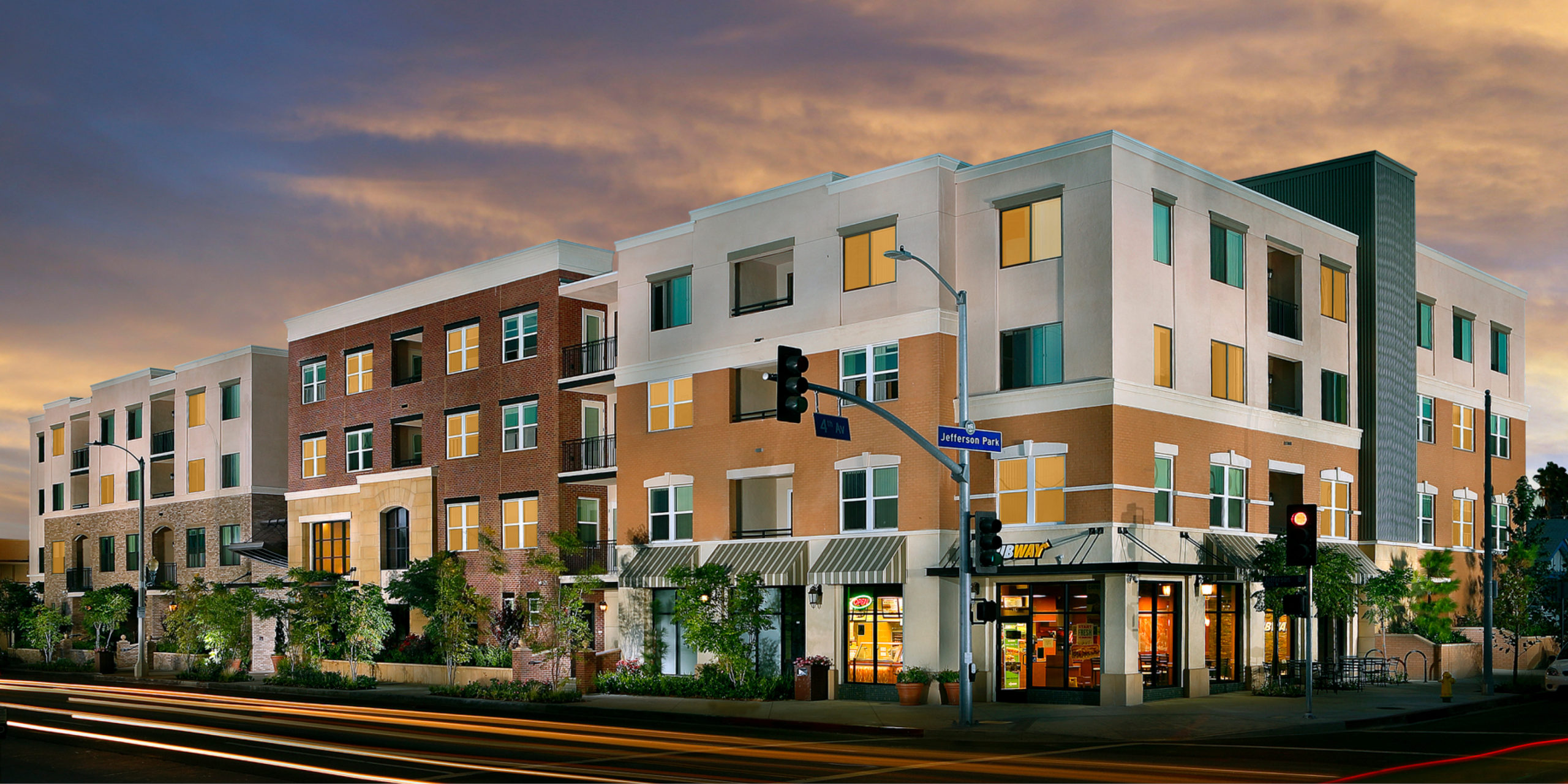


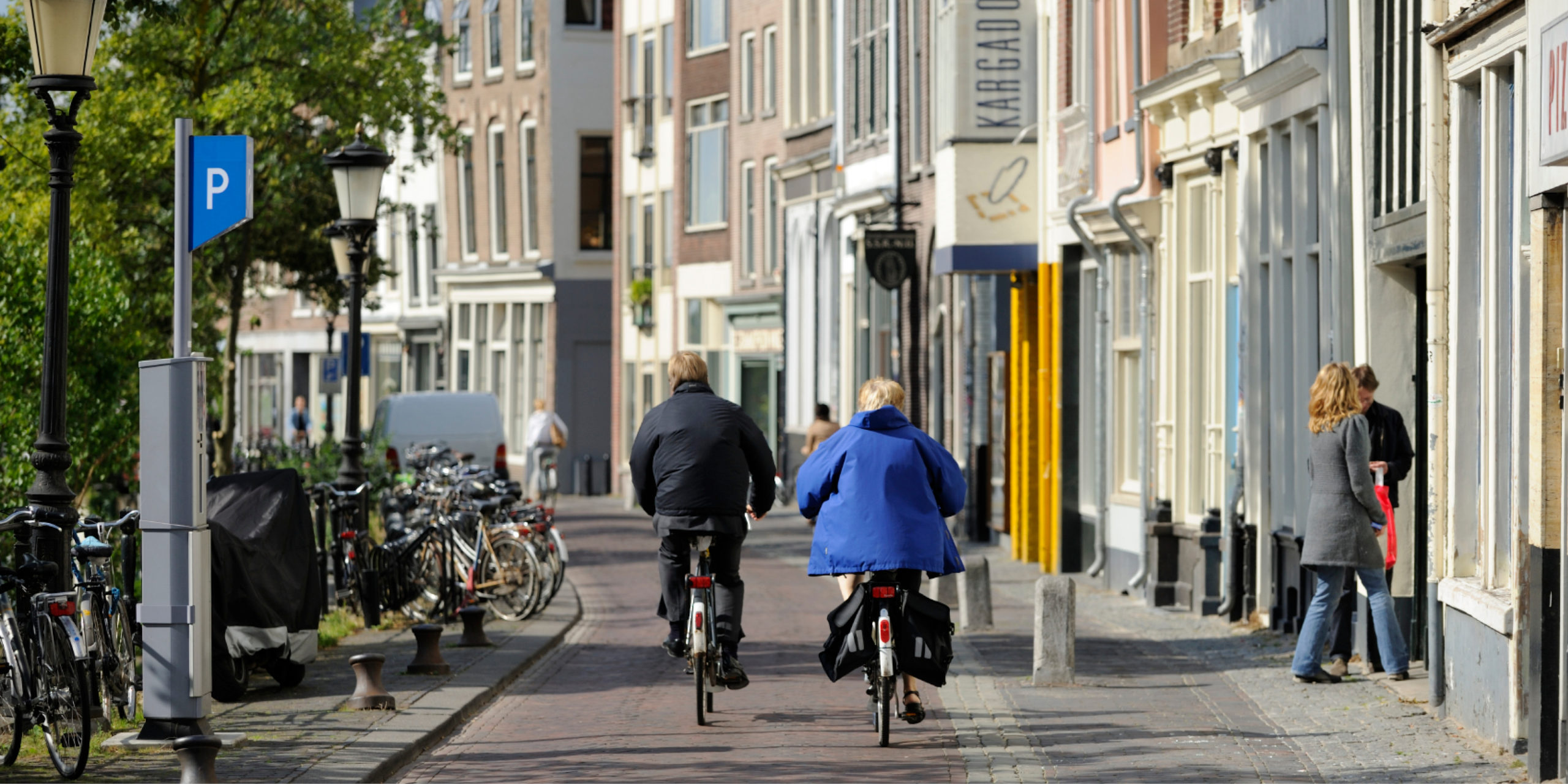

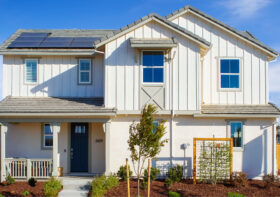
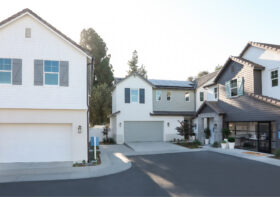
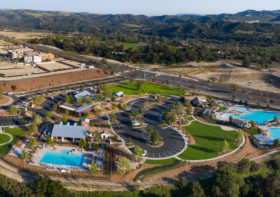
Leave a Reply